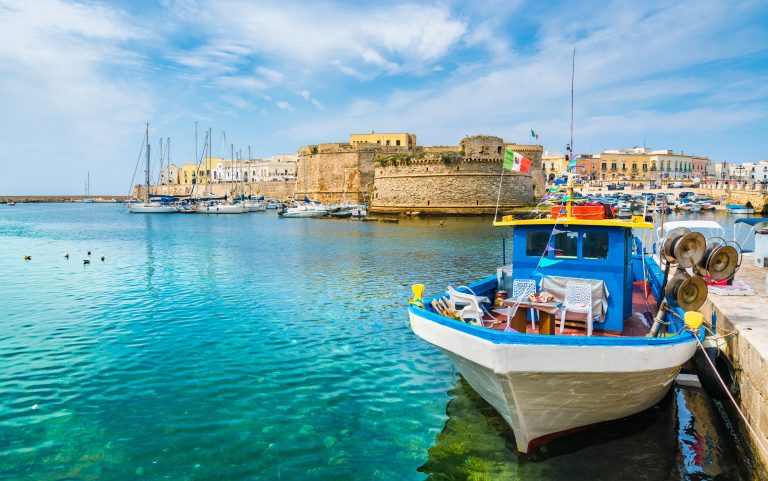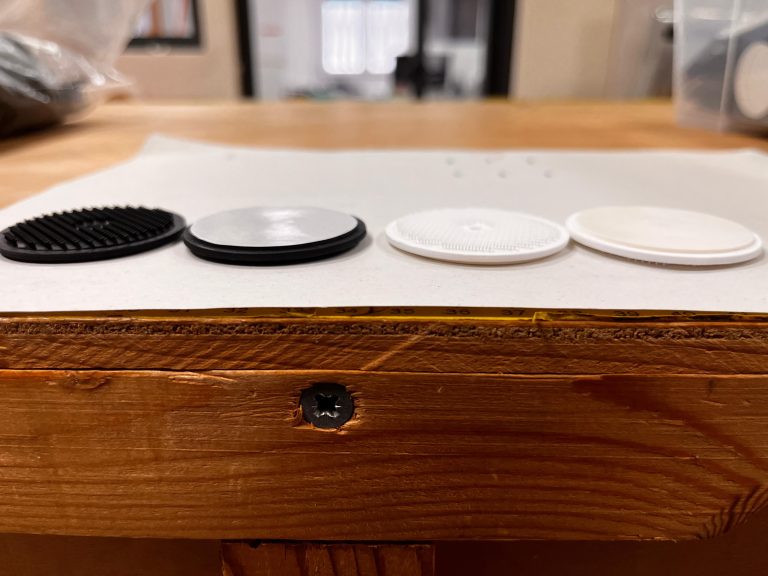Despite the challenging global scenario, according to Confindustria Nautica, global industry sales in 2022 are up 20% from the previous year
.
The international economic environment in recent years has been affected by many issues: from the pandemic to the Russian-Ukrainian war, from expensive energy to soaring inflation, and even disruptions in global supply chains of components and semi-finished goods.
Despite this, the Italian economy has been able to respond to these events better than others. According to the latest edition of the report “Boating in Figures,” issued by Confindustria Nautica in collaboration with Fondazione Edison and under the patronage of the Ministry of Infrastructure and Transport, the Italian recreational boating industry also ended 2022 with brilliant results.
Report information

According to data from Confindustria Nautica, the industry’s overall turnover – referring to activities concerning nautical production, which includes not only shipbuilding (new-build units plus refit, repair, and storage activities), but also engines and accessories – has risen to 7.33 billion in 2022, up 20% over the previous year. 67.9% of total sales come from foreign markets, while the remaining share (32.1%) comes from the domestic market.
85.6% of total sales came from domestic production, which reached €6.3 billion in 2022, compared with sales of imported products of €1.06 billion (14.4%).
The largest contribution comes from the new unit construction segment: in the year under review, this sector’s sales amounted to €4.5 billion (61.1% of total sales). This is followed by accessories and components with 1.9 billion (25.5% of total sales), engines (558 million, or 7.6% of total sales), and refit, repair, and storage (421 million, or 5.7% of total sales).
The internationalization of the industry is evident from the share allocated to exports: in fact, 76.6% of domestic production was placed in foreign markets, amounting to €4.8 billion, registering a growth of +20.7% over 2021.
Domestic production directed to the Italian market, amounting to €1.5 billion (corresponding to 23.4% of total production), was also on the rise (up 17.3% from 2021).
The contribution of the boating industry to the national GDP was more than 6.0 billion in 2022, up sharply (+20%) from the 2021 figure. The contribution as a ratio of GDP also increased from 2.89‰ in 2021 to 3.23‰ in 2022, reflecting the sector’s expansionary phase.
Employment in the sector rose to 28,660 (from 26,350 in 2021) further strengthening the positive employment trend (+8.8% over the previous year) that has characterized all sectors of the recreational boating industry.
Of particular note is the excellent performance of the accessories and components sector (+18.2%) in which 8,430 people are employed.
The sector related to the construction of new units, in which more than half of the industry’s total workforce is employed, employs 15,550 people (up +5.7%); the refit, repair, and storage sector employs 3,860 workers (up +4.3% from 2021). Finally, the motor sector employs 820 people (up +1.2%).
Shipbuilding: domestic production
Within the nautical industry, shipbuilding is of great national importance and places Italy in a leading position, both in size and international competitiveness.
According to the survey conducted by Confindustria Nautica, in 2022 the turnover of the shipbuilding industry (understood as the construction of new units plus refit, repair, and storage activities) is €4,901 million, of which €4,480 generated by new construction units alone and €421 by refit, repair, and storage activities.
Overall, shipbuilding turnover in 2022 was 19.8% higher than in 2021; domestic production related to new-build units alone grew +20.3% and the one of refit, repair, and storage increased +17.8%.
85.2% of the domestic production of Italian shipbuilding considered as a whole (amounting to 4,772 million) is sold on foreign markets (4,065 million) and, in turn, non-EU markets absorb 53.9% of domestic exports (€2,192 million). The remaining 14.8% of domestic production (708 million) is sold on the Italian market.

Shipbuilding: export
Recreational shipbuilding is confirmed as one of the leading sectors of Italian foreign trade. In 2022, its exports of 3,388.7 million grew by +13.3% over 2021.
Exports of recreational and sport boats now account for 16.1% of total exports of the aggregate “Other transport equipment” (18% in 2021), which, in turn, contributes 3.5% to Italian manufacturing exports. The incidence of recreational and sport boats in this area has been increasing over time.
In terms of exports, compared to 2000, the share of shipbuilding has almost doubled from 8.7% in 2000 to 16.1% in 2022.
Recreational and sport boats are also among the sectors that have recorded the highest export growths since the beginning of the new millennium. The sector’s exports increased from 850 million in 2000 to 3.4 billion in 2022, registering a growth of 2.5 billion in absolute value and 298.7% in%age terms.
The increase in sales in the superyacht sector can be attributed to growth in exports, which is its main part.
- MARINAS, consisting of the facilities entirely dedicated to yachting;
- MULTI-PURPOSE PORTS, predominantly publicly owned or operated, consisting of a plurality of facility types within which—alongside any other uses—there is nevertheless a portion used exclusively for recreational boating;
- MOORING POINTS, consisting of facilities of a seasonal nature that are not equipped with fixed docks, but with structures that can be removed in the winter season, when the conformation of the site does not allow good protection from the action of the sea (docks and piers, equipped beaches and landings and roadsteads).
Most ports in Italy are multipurpose (458, 58% of facilities). This is followed by berths (237, 30%) and marinas (91, 12%).
Sicily and Sardinia record the highest number of facilities, 142 and 118 respectively, followed by Liguria (70), Apulia and Campania (both 69), and Tuscany (64).







